Audi has released some preliminary details of its next-generation A8 (D5), focusing on the sedan’s body structure and its multi-material construction.
Both the standard and long-wheelbase version of the A8 (called the A8 L) will be built on the Audi Space Frame (ASF), which employs a mix of aluminium, steel, magnesium and carbon-fibre-reinforced polymer (CFRP) to provide optimum rigidity and strength.
Following the company’s principle of “the right material in the right place and in the right amount,” the rear panel is made of between six and 19 layers of CFRP placed one on top of the other. The individual fibre layers consist of 50 mm tapes that can be placed individually in a finished layered package, with any desired fibre angle and minimal trimming of the fibres.
The process not only allows the component to optimally absorb longitudinal, transverse loads and shearing force, it also offers more flexibility, effectively removing the need to manufacture entire sheets as in the past. According to Audi, the rear panel is the largest component in the occupant cell of the new A8, and contributes 33% to total torsional rigidity of the vehicle.
In other areas of the occupant cell – lower section of the front bulkhead, the side sills, the B-pillars and the front section of the roof line – hot-formed steel is used instead. The sheet metal blanks used for this are produced in different thicknesses, with some pieces even undergoing partial heat treatment. This allows for increased strength, low weight components that can be applied to areas of the vehicle that are critical for safety.
Aluminium components meanwhile, make up the majority (58%) of the A8’s body, including the cast nodes, extruded profiles and sheets that make up the ASF. The company uses heat-treated, ultra-high-strength cast alloys that are capable of a tensile strength of over 230 MPa (megapascals) in testing.
Lastly, magnesium is used for the front strut brace, which sees a 28% weight saving compared to the previous A8. Secured via aluminium bolts to the strut tower domes, the component further contributes to the body’s torsional rigidity, and in the event of a frontal collision, the forces generated are distributed to three impact buffers in the front end.
Materials aside, Audi also offered some details about the new A8’s packaging, whereby the standard wheelbase version offers 28 mm more knee room. The rear door cutouts also see a 14 mm gain in height and 36 mm increase in length (at its longest point), which should make getting in and out of the car even more comfortable.
The company has also built a new 41-meter-high body shop in Neckarsulm, Germany in preparation for the upcoming flagship vehicle, which required a total of 14,400 metric tonnes of steel just for construction, twice as much steel as was used for the Eiffel Tower in Paris.
The facility’s production process will use 14 different joining processes, including roller hemming at the front and rear door cutouts. This mechanical, “cold” technology is used to join the aluminum side wall frame to the hot-formed, ultra-strong steel sheets at the B-pillar, roof line and sills.
In other areas where “warm” joining processes are required, a new development in remote laser welding reduces the risk of hot cracking during the production process, and precisely controls the penetration depth of the laser by means of the heat input for better accuracy. The process also contributes to a 95% savings on recurring costs in series production as it eliminates the need for costly process controls required with conventional laser welding.
Looking to sell your car? Sell it with Carro.




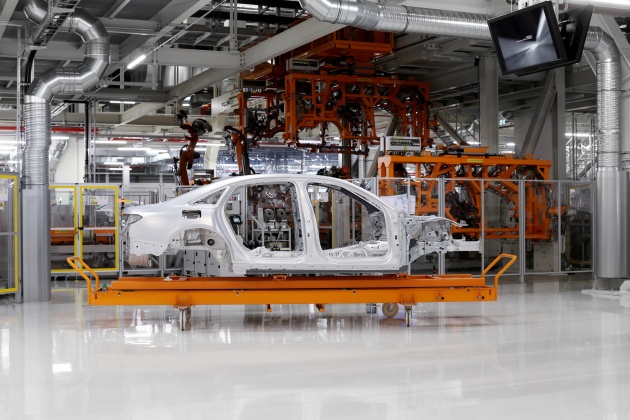
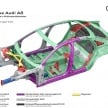
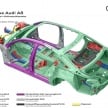
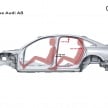
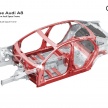
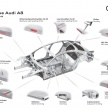
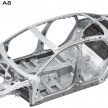
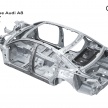
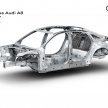
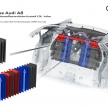
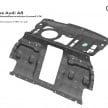
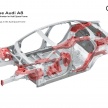
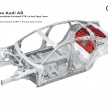
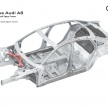
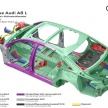
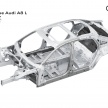
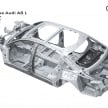
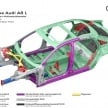
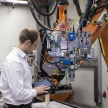
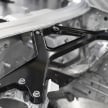
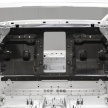
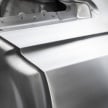
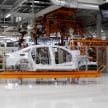
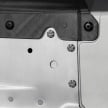
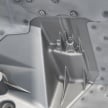
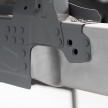























Alum & magnes r combustible metals… hmm…
Get your facts right before commenting. Aluminium is not combustible.
Google it up. At high temps, alum burns. Dun call urself a metallurgist if u dunno.
With disiimilar metal in the constructionn , galvanic corrosion may be a problem when the car gets older and the metal protective coating thinned out.